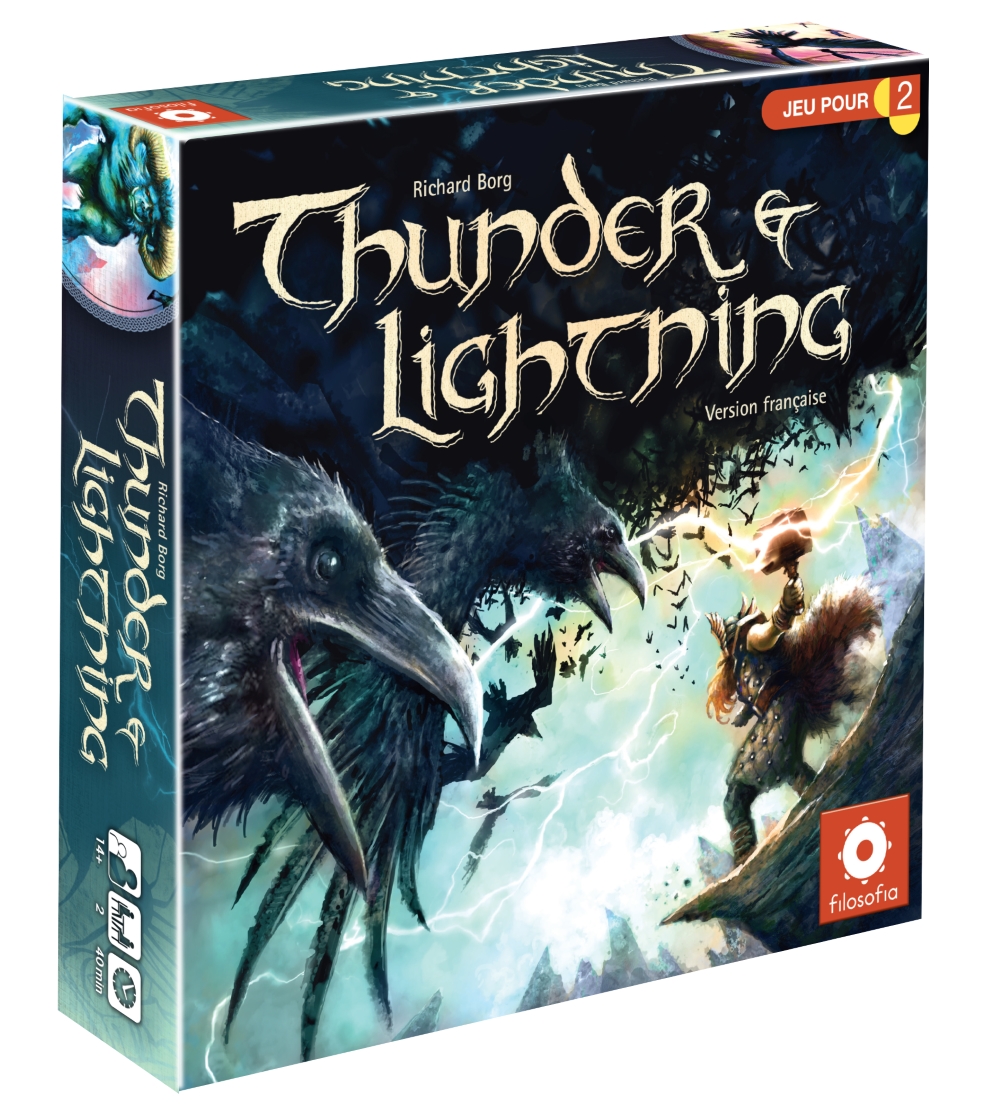

These lightning flashes have been documented to travel several miles away from the thunderstorm cloud. What is dry lightning? Dry lightning is lightning that occurs without rain nearby. Cold, winter air tends to be more stable which makes thundersnow in the prairies a rare occurrence. Not just any winter storm can produce thunder and lightning. Thunderstorms are common in the summer but can actually occur in the winter as well. A “very conservative” guess is that they’re about a thousand times less common than their warm-weather counterparts, he said. Wintertime thunderstorms are elusive, said Christopher Schultz, an atmospheric scientist at Marshall Space Flight Center in Huntsville, Ala., not involved in the new research. While thunderstorms are normally associated with warm weather they are as much to do with the instability of air masses and the energy in the atmosphere, so it is not surprising this winter has seen more of them. Thermodynamically, it is not different from any other type of thunderstorm, but the top of the cumulonimbus cloud is usually quite low. Thundersnow, also known as a winter thunderstorm or a thundersnowstorm, is an unusual kind of thunderstorm with snow falling as the primary precipitation instead of rain. As a low-pressure system moves across an area, air rises and cools, wa- ter vapor present in the system condenses, and rain or snow usually follows. PROVERB: If there is thunder in winter, it will snow 7 days later. What’s the saying about thunder in winter? If it all comes together, that enhanced upward motion of air increases snow growth and causes enough electrical charge separation within the cloud for lightning to strike. This makes this storm over India especially impressive and puts it in a category similar to other phenomena that produce extremely large amounts of energy, such as terrestrial gamma-ray flashes.Thundersnow is a rare winter storm event that occurs when thunder and lightning happen during a snowstorm.

The measured voltage was ten times bigger than the previously measured biggest thunderstorm. This goes to show just how huge this particular thunderstorm was. If you are wondering how big the voltage of standard thunderstorms is, it usually does not go over 100 million volts. Of course, this was not a single bolt, but instead the power of the entire electric field that was generated by the thunderstorm. This can be expressed as the equivalent of 1.3 billion volts of electric potential. During this thunderstorm, the number of muons decreased by 2 percent, which is a huge decline. This all helped them measure the voltage of the storm that appeared over India on December 1st, 2014. The researchers at the Indian institute managed to find a way to express these changes in the number of muons as the voltage of the storms that are passing through. The telescope typically manages to register around 2.5 million muons every minute, but once a thunderstorm hits, the numbers change drastically and quickly.

The exact electric potential is determined by measuring the voltage between the highest and the lowest parts of a thundercloud. They used a special instrument known as the muon telescope to measure the electric potential of this thunderstorm. Sunil Gupta, a scientist at the Tata Institute of Fundamental Research in Mumbai, measured the voltage of this thunderstorm along with his colleagues. It was the highest voltage thunderstorm ever recorded, with 1.3 billion volts. Throughout human history, there were many huge and dangerous thunderstorms, but the biggest one recorded was in India, and it occurred on December 1st, 2014. They are usually accompanied by rains and strong winds and mostly occur inside of clouds that are known as a cumulonimbus. Thunderstorms are storms that are characterized by the presence of lightning and its sound, which is known as thunder. This is entirely normal because not many things in the world are as frightening as the sound and power of thunder. No matter where you live, you probably know a few people that are afraid of thunder, you might be one as well. Thunderstorms can be terrifying, and are certainly one method nature uses to remind us of how small we actually are.


 0 kommentar(er)
0 kommentar(er)
